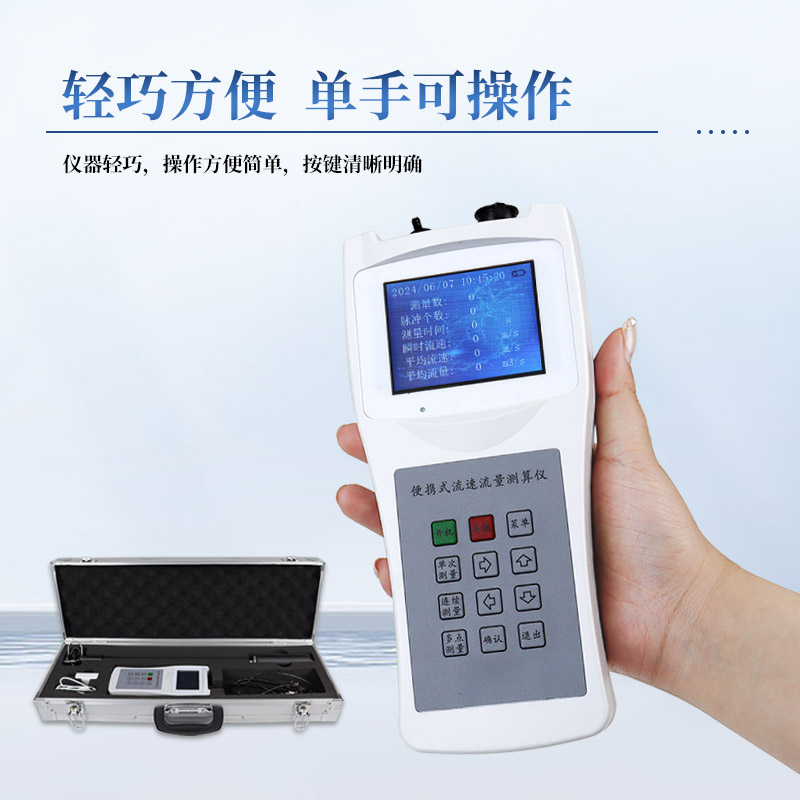Tianyi Sensor IOT Technology Co., Ltd
Sales Manager:Ms. Emily Wang
Cel,Whatsapp,Wechat:+86 15898932201
Email:info@fengtutec.com
Add:No. 155 Optoelectronic Industry Accelerator, Gaoxin District, Weifang, Shandong, China

Sales Manager:Ms. Emily Wang
Cel,Whatsapp,Wechat:+86 15898932201
Email:info@fengtutec.com
Add:No. 155 Optoelectronic Industry Accelerator, Gaoxin District, Weifang, Shandong, China
time:2025-10-13 08:59:22 source:Weather Station viewed:123 time
A propeller flow meter is a contact-type water flow velocity measuring instrument. Its working principle is that water flow pushes the instrument's propeller to rotate around an axis, and there is a definite functional relationship, usually linear, between the rotational speed of the propeller and the water flow velocity.
The instrument mainly consists of the following components:
Propeller (rotor): A spiral blade component that rotates under the impact of water flow.
Sensor: Used to detect the rotation of the propeller, typically using magnetoelectric, photoelectric, or reed switch methods to convert rotational signals into electrical pulse signals.
Tail fin: Installed at the rear of the body to keep the instrument aligned with the water flow direction at all times.
Signal cable: Transmits electrical pulse signals to the data processing unit.
Counter (data processing unit): Receives, records, and processes pulse signals, calculates and displays real-time flow velocity and average flow velocity according to preset flow velocity formulas.
When in use, the current meter is placed at a predetermined measurement point in the water using a measuring rod or suspension cable, with the propeller facing the water flow directly. The propeller rotates with the water flow, generating a series of electrical pulses. By counting the number of pulses per unit time and applying the instrument's calibration formula, the counter can calculate the water flow velocity at that point.
Propeller flow meters are mainly used for measuring fixed-point flow velocities in water bodies such as rivers, channels, and pipelines. They are characterized by robust construction, ease of use, and stable measurements, making them commonly used instruments in hydrological surveys, water conservancy projects, and environmental monitoring.

To achieve efficient crop production in greenhouses, it is essential to precisely control key environmental factors:Temperature: Different crops have specific optimal temperature ranges. Excessively high or low temperatures can hinder their growth.Air humidity: Too high air humidity easily triggers...
The standout advantage of the Portable Weather Station is its "portability," a feature directly reflected in its name. Compared with traditional fixed meteorological monitoring equipment, it has a significantly smaller size and lighter weight, with its overall design fully considering the...
Recommend Several Excellent Water Quality MonitorsI. Portable Multi-parameter Detector (FT-SS07)It covers all parameters and supports the detection of 12 parameters such as water temperature, conductivity, pH, ammonia nitrogen, dissolved oxygen, COD, turbidity, etc. It adopts all-digital elect...
River Level Monitoring Station is one of the tools in the modern flood control and disaster reduction system. It realizes real-time control of watershed hydrological information through multi-dimensional data collection and intelligent analysis. The system is composed of four major modules: water le...